Anza - Judo Term Explained
Share
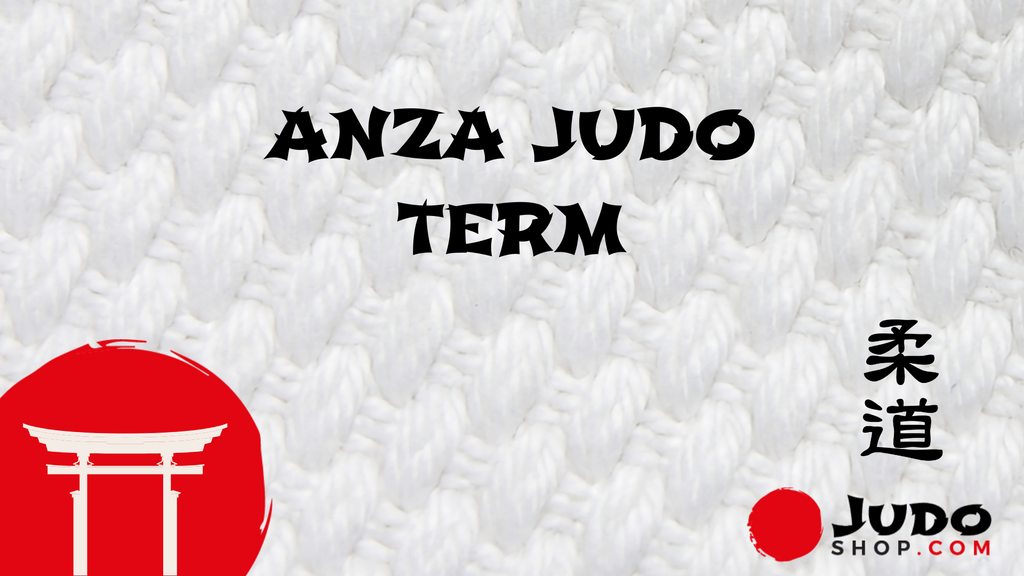
The term Anza in Judo (安座) embodies a significant practice beyond merely sitting; it signals a deep respect and discipline fundamental to the dojo's environment. It's not just about physical posture; Anza represents a mental state of readiness, reverence for the dojo, teachings, tradition, and a manifestation of the etiquette Jigoro Kano ingrained in Judo's culture.
For beginners, mastering the Anza position isn't just about achieving physical balance and core strength; it's an initiation into Judo's rich history, symbolizing their commitment to learning, discipline, and the respect for fellow practitioners and teachings. As judokas progress beyond this fundamental posture, they embrace the broad spectrum of Judo's essence and values, preparing them for greater challenges and achievements. This journey through ranks and the continuous honing of skills opens up new horizons in the world of Judo.
Key Takeaways
- Anza refers to a specific sitting position in Judo that symbolizes respect and discipline within the dojo.
- It embodies the cultural and traditional values established by Jigoro Kano, focusing on respect for the art and its practitioners.
- The position involves sitting with legs crossed, promoting balance, core strength, and mental readiness for training.
- Anza is significant in formal ceremonies, showcasing humility and adherence to Judo's etiquette and traditions.
- Progressing beyond Anza signifies a deeper understanding and respect for Judo, aligning with the principle of Rei.
Understanding Term Anza
The term 'Anza' in Judo refers to a specific sitting position where judokas cross their legs, embodying respect and discipline within the dojo. This practice is deeply rooted in the martial art's culture, reflecting the principles established by Judo's founder, Jigoro Kano. Anza isn't just a physical posture but a manifestation of the judoka's adherence to the etiquette that governs their behavior inside and outside the training hall.
Anza Position Significance
Building on our understanding of Anza as a foundational posture in Judo, its significance extends beyond mere physical positioning to embody the martial art's core values of respect and discipline. In a dojo, where the practice of Judo unfolds, adopting the Anza position isn't merely about sitting; it's a profound expression of readiness and esteem for the art, the sensei, and fellow judokas.
To paint a picture:
- Respect: Sitting in Anza symbolizes a judoka's reverence for the dojo, the teachings, and the martial art's tradition.
- Preparedness: This posture signifies a judoka's mental readiness to learn, absorb, and apply the teachings of Judo.
- Discipline: Maintaining the Anza position encourages discipline, a critical attribute in mastering Judo techniques and conduct within and outside the dojo.
Anza Basics for Beginners
For beginners in judo, mastering Anza involves sitting with legs crossed to foster respect, focus, and physical readiness for training. This posture isn't just about tradition; it's pivotal for developing the balance and core strength vital for judo techniques. Beginners learn to adopt Anza not only as a sign of respect but also to enhance their readiness and mental focus before engaging in the physical aspects of judo.
| Benefit | Description |
|---|---|
| Posture | Anza encourages a straight spine, improving balance and stability. |
| Focus | It helps in centering the mind, preparing for rigorous training. |
| Respect | Symbolizes attentiveness and respect towards the instructor and the dojo. |
| Flexibility | Promotes flexibility in the hips and legs, beneficial for judo techniques. |
| Core Strength | Strengthens the core, essential for executing effective throws and holds. |
Understanding Anza guides beginners in judo to start their training with the right mindset and physical preparedness.
Anza Formal Ceremonies Role
Assuming the Anza position during formal ceremonies in Judo showcases a judoka's respect and humility towards the sport and its traditions. This formal sitting posture isn't just a physical stance but a representation of the discipline and etiquette deeply embedded in Judo.
In this scenario, the Anza position plays an essential role in ceremonies such as:
- Belt promotions, where judokas demonstrate their readiness for the next level.
- Demonstrations and special events, signifying respect for the audience and the martial art.
- Opening and closing ceremonies of practice sessions or tournaments, marking moments of collective reverence and attentiveness.
Through these ceremonies, sitting in Anza reinforces the judokas' commitment to Judo's cultural norms and values, emphasizing discipline, respect, and the continual pursuit of excellence.
Progressing Beyond Anza
Having perfected the Anza position, judokas now focus on advancing their skills and understanding in Judo practice. Moving from Anza, they explore further into the martial art, embracing its rich history from feudal Japan and its extensive judo terminology. This progression is not just about physical skills but also about embodying the spirit of Rei - respect, a core principle in Japanese culture and Judo.
| Level | Focus | Outcome |
|---|---|---|
| Anza | Basics | Foundation |
| Yellow Belt | Techniques | Improvement |
| Green Belt | Efficiency | Competence |
| Brown Belt | Mastery | Precision |
| Black Belt | Teaching | Leadership |
Progress beyond Anza signifies a journey through the ranks, each step forging a deeper connection with Judo's essence, rooted in Japan's martial heritage.
Frequently Asked Questions
What Does Anza Mean in Judo?
In Judo, "anza" refers to a sitting position where practitioners cross their legs, symbolizing respect and attentiveness. It's common during ceremonies, helping judokas maintain focus and discipline before and after practice or competition.
What Are the Terminologies of Judo?
Judo's vocabulary is a dance of judo terms that guides practitioners through a world of throws, holds, and respectful positions. It's a language that shapes discipline, from the foundational 'uki goshi' to the respectful 'anza'.
What Does Judo Mean Literally?
Literally, judo means "gentle way" in Japanese. It highlights the martial art's focus on leveraging an opponent's force against them, emphasizing technique and skill over strength for balance, leverage, and control.
What Does Zori Mean in Judo?
In judo, 'zori' means a traditional sitting position where practitioners cross their legs, symbolizing respect and attentiveness. It's used during ceremonies and discussions, teaching discipline and proper etiquette within the martial art.
Conclusion
To sum up, the Anza position in Judo, much like a keystone in an arch, holds together the discipline and respect that are foundational to this martial art.
It's more than just sitting; it's a manifestation of the judoka's commitment to both the physical and mental aspects of Judo.
As beginners learn and masters continue to practice, Anza remains a critical posture, reminding everyone that Judo's essence lies not just in throws and holds, but in the respect and readiness it cultivates.
Related Posts
-
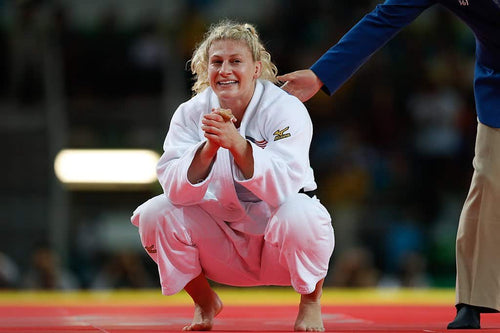
Kayla Harrison's Judo Journey - Judo Champion Turned MMA Powerhouse
Kayla Harrison is a groundbreaking American judoka who made history by becoming the first American woman to win an Ol...
-

Judo Atlanta - List of Judo Clubs in Atlanta area
In Atlanta, you can find excellent judo clubs such as Atlanta Judo Midtown and Black Ice Fitness where you can train...
-

Guram Tushishvili Disqualified - JUDO DRAMA with Teddy Riner
Guram Tushishvili Disqualified - Unsportsmanlike Behavior to French Judoka Teddy Riner Leads to Disqualification fro...
-

Yeldos Smetov - Judoka Profile
Yeldos Smetov, a name synonymous with excellence in judo, has carved out an illustrious career that stands as a beac...
-

Judo Olympics 2024 Results - Gold, Silver, and Bronze Medalists
The Judo Olympics 2024 Results are eagerly anticipated as the Paris Games approach, promising a thrilling display...
-

Judo For Self Defense - Here Is Why Is Judo Best For Self-Defense
Judo For Self Defense packs a punch. This martial art, born in Japan, turns attackers' strength against them. No nee...
-
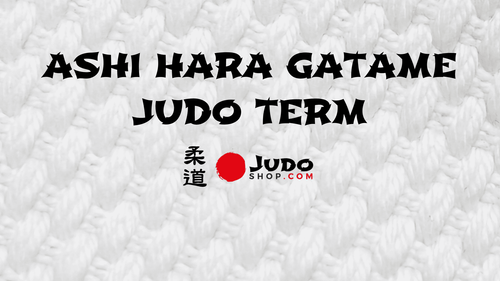
Ashi Hara Gatame - Judo Term Explained
Ashi Hara Gatame is a specialized technique in the martial art of judo, combining leg control, abdominal pressure, a...
-
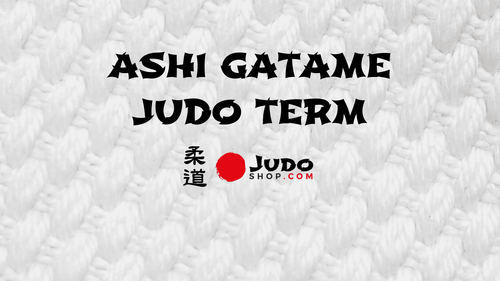
Ashi Gatame - Judo Term Explained
Ashi Gatame is a Judo technique referring to a kansetsu-waza (joint lock) where one uses their legs to immobilise ...
-
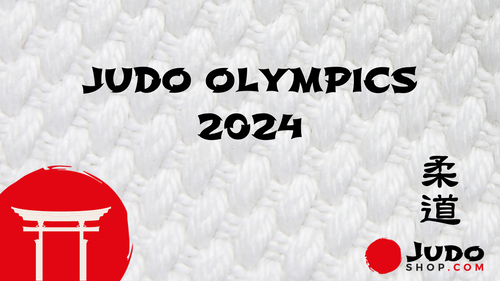
Judo Olympics 2024: Highlights, Athletes, and Schedules
Judo Olympics 2024 enthusiasts, mark your calendars! From July 27 to August 3, the Grand Palais Éphémère near the Eif...
-
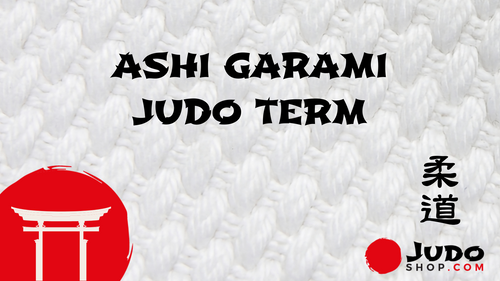
Ashi Garami - Judo Term Explained
What does "Ashi garami" mean in Judo? "Ashi garami" (足緘) is a Japanese term used in Judo that literally translates t...
-
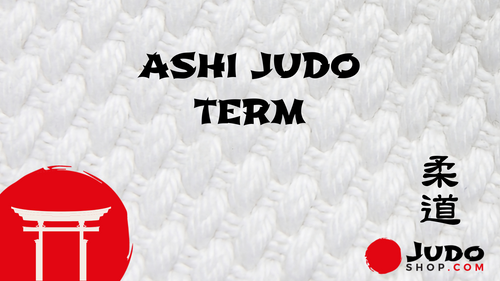
Ashi - Judo Term Explained
Ashi is term in Judo, referring to a leg or foot and category of judo techniques designed to unbalance and throw an ...
-
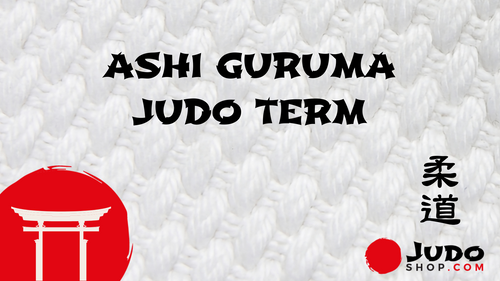
Ashi Guruma - Judo Term Explained
Ashi Guruma is a Judo term rooted in the martial art of Judo, which translates from Japanese as 'leg wheel'. This ju...
-
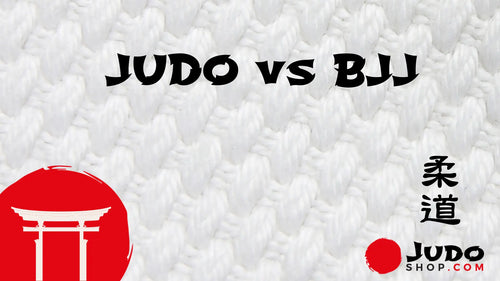
Judo vs BJJ? Of course Judo! Judo is better!
Welcome to Judoshop.com, the premier destination for judo enthusiasts worldwide. Here, we cater to beginners and vet...
-
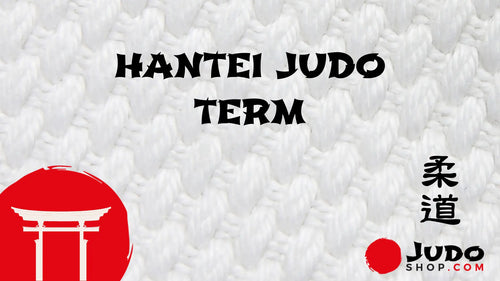
Hantei Judo Term Explanation
Contrary to popular belief, the term 'Hantei' in Judo is not just a simple decision-making process. It holds the p...
-
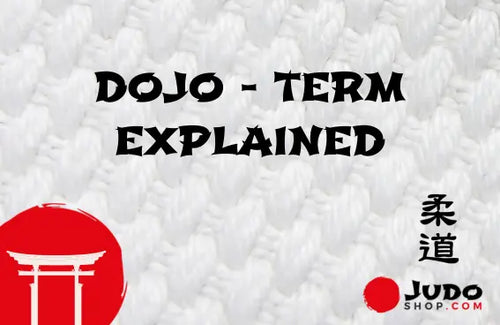
Dojo Meaning (updated 2023)
Dojos, places of immersive learning and meditation, hold great significance in martial arts. Derived from the Japane...
-
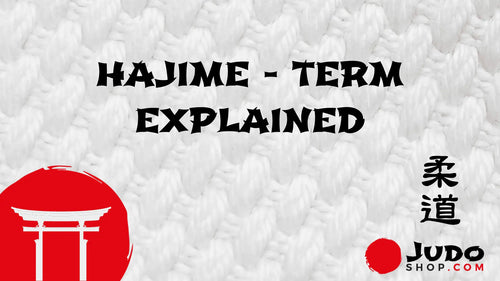
Hajime - Judo Term Explained
Ready to learn about Hajime in judo?It's all about using throws, pins, and joint locks on the mat. With the command ...
-
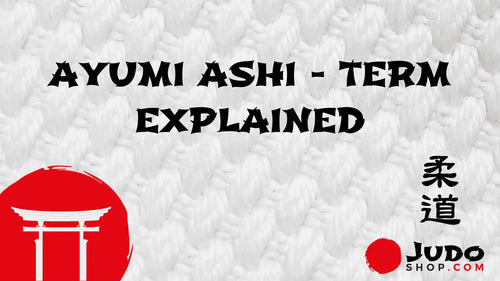
Ayumi Ashi - Judo Foot Work Explained
Are you ready to step into the world of Judo and master the art of Ayumi Ashi - 歩み足? This fundamental footwork techn...
-
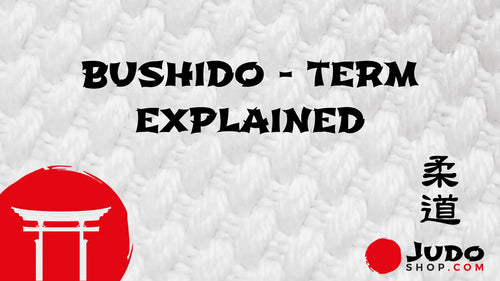
Bushido Explained
Bushido, the traditional code of ethics followed by samurai warriors in feudal Japan, is a subject that fascinates ...
-
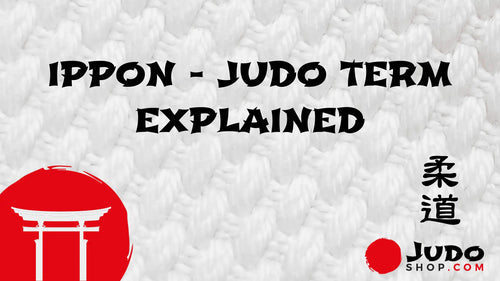
Ippon - Judo Term Explained
Imagine stepping onto the mat and feeling the adrenaline rush through your veins. In the world of judo, one ultimate...
-
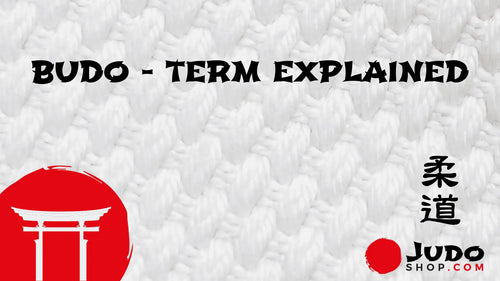
Budo - Term Explained
In a world full of chaos and conflict, one finds solace in the ancient art of budo. Contrary to popular belief, budo...
-
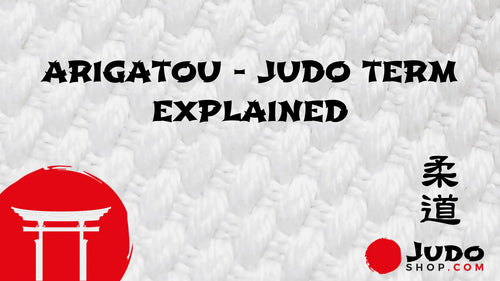
Arigatou - Judo Term Explained
Do you ever wonder about the true meaning behind the Japanese word 'Arigatou'? Well, wonder no more! 'Arigatou' is a...
-
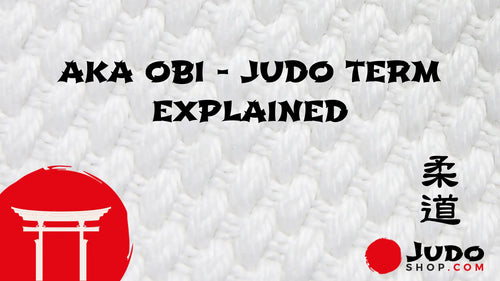
Aka Obi - Judo Term Explained
The aka obi, a red belt worn in Judo, is a prestigious symbol of expertise. Typically reserved for those holding a 9...
-

Why Are There 2 Bronze Medals In Judo
Judo is a unique sport that gives two bronze medals in each weight class. Many people wonder why this is done. To fi...
-
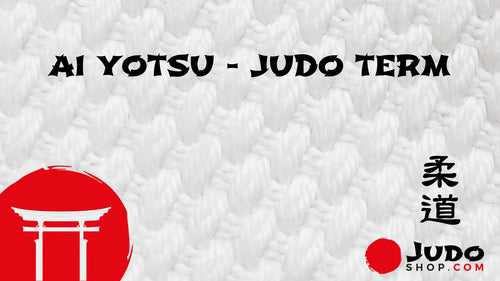
Ai Yotsu - Judo Term Explained
In the world of Judo, a term holds immense significance - Ai Yotsu. This grip, characterized by an intense and intim...
-
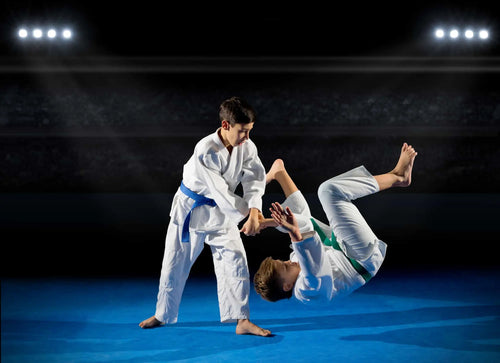
Is Judo Dangerous - Unveiling the Shocking Truths Behind this Ancient Martial Art
With its powerful throws and complex grappling techniques, one might wonder, "Is judo dangerous?" Yes, judo can po...
-

Is Judo The Toughest Sport - Unraveling the Grit and Grace of the Gentle Way
Judo, known as the Gentle Way, may seem like a paradoxical name for a sport, but don't let that fool you. While Ju...
-

Judo Terms - A Complete List of Judo Terms
Judo terms are the foundation of this martial art, and our collection is here to help both new and experienced judok...
-
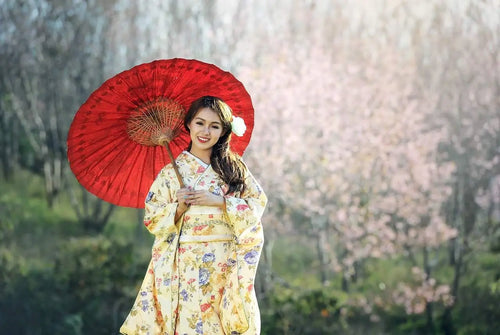
English to Japanese Kanji and Hiragana translations
Are you looking for an English to Japanese Kanji translation? Here you can find more than 30 examples of Kanji and ...




























